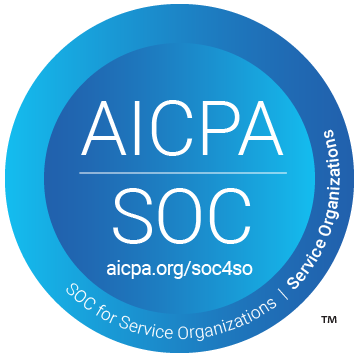Planning marketing campaigns should be exciting and fun; but often times, the planning can quickly become overwhelming. When planning a marketing campaign, it is easy to go down a rabbit hole and lose sight of the end goal. The below will help guide you through the planning process to ensure that goals are successfully achieved and repeatable.
Do’s:
- Do Keep It Simple at the Beginning
If this is your first time planning a direct marketing campaign, keep it simple. There are many different testing variables within each direct marketing channel. However, attempting to test too many variables at one time can have a negative impact on the selected direct marketing channel in the long run. The first few campaigns will help set a baseline for response and conversion metrics. From there you can begin testing additional formats, creatives or other channels. Once you have an established benchmark, instead of driving response, you can focus on driving the metrics that really matter for your brand.
- Do Utilize Targeted Audiences
Direct marketing campaigns are designed to target a specific group of consumers with a tailored messaging at a specific time. For example, the messaging for a furniture sale would be very different when targeting new movers vs. an audience who has lived in their current homes for years. Targeting a narrower audience of consumers that are more likely to purchase your products or services will create a more effective campaign, reducing overall costs and leading to a greater success rate.
- Do Test and Allow Time for Analysis
If you could bold, star or circle just one recommendation on this list, it should be this one. There is nothing more important to any marketing program than testing. Testing allows you to evaluate your current approach and provides you with key insights needed to improve your current strategies without putting the entire campaign at risk. When planning the testing strategy, be sure that you plan to run at least two iterations of the same test. Running two iterations of the same test will help eliminate any bias that may occur. Additionally, remember that not every test is going to be successful. This is why it is important to test your strategy multiple times and allow time to analyze those tests results to fuel better decision making in the future. When testing in direct marketing, you either win big or you learn big.
- Do Have a Post Campaign Plan
When planning a campaign, it is important to not only think through the tactical components at the beginning, but also to determine what the strategy will be once the campaign is over. This includes documenting important dates to complete your analyses and deciding when the final outcome of the campaign can be determined. Creating a schedule for pre- and post-campaign work will help keep the campaign top of mind, and reduce the likelihood that key dates will be missed.
- Do Understand the Competitive Landscape
Be aware of what your competitors are doing. Are they utilizing a specific channel consistently over others? Is there a specific offer that is being promoted or messaging that distinguishes one competitor from the others? What other competing offers are out in the marketplace? If there are many competing offers due to a seasonality or heightened promotional activity, it might not be a good time to begin testing. The answers to these questions will help when planning your own direct mail campaigns.
Don’ts
- Don’t Make Assumptions
Don’t assume that direct marketing doesn’t work for your industry. Maybe a past campaign targeted to the wrong audience or the overall channel costs were too high to allow the campaign to be profitable. These lessons learned from previous campaigns can be used to build a stronger campaign going forward. Direct marketing can work in nearly any industry; the key is finding the right mix of channel, audience and message to drive success.
- Don’t Overcomplicate Campaigns
One of the biggest mistakes a marketer can make when planning a campaign is to over complicate the strategy. Whether that be through testing too many creatives, too many different audiences or too many offers. An overcomplicated strategy can not only increase costs but also decreases the likelihood achieving any meaningful results from the campaign. This is why having an overall testing strategy and a plan of when each test will have the most meaningful impact is so important.
- Don’t Test with Small Quantities
In addition to testing too many variables at one time, it is also important to understand if the quantities tested are large enough to provide statistically significant results. Testing quantities that are too small will likely lead to inconclusive results, likely leading to retests and the further delay of any potential rollout.
- Don’t Forget to Have a Control Group
Control groups are often overlooked when targeting an audience for a campaign. The focus is typically on ensuring the right audience is targeted, not the consumers that are specifically excluded from the target audience. However, control groups are equally important in understanding the overall effectiveness of the campaign. Control groups help to better define the incremental value of marketing to your targeted audience. At the beginning of the campaign, establish a strategy that drives which audience to target vs. those consumers not to target.
- Don’t Expect Everything to go According to Plan
There will be challenges when executing your marketing campaign. It could be that the size of the audience is not what was anticipated or maybe the artwork keeps changing which delays the start of the campaign. Whatever the challenge, it is important to remember that it is always better to launch a campaign that is properly planned vs. one that is rushed.
Want to learn more or need help planning your next direct marketing test?
Speedeon is well equipped to assist when it comes to direct marketing campaigns and have helped our clients execute successful marketing campaigns. We’ve helped numerous clients at various stages, whether it be with planning, executing, or analyzing their campaigns.

